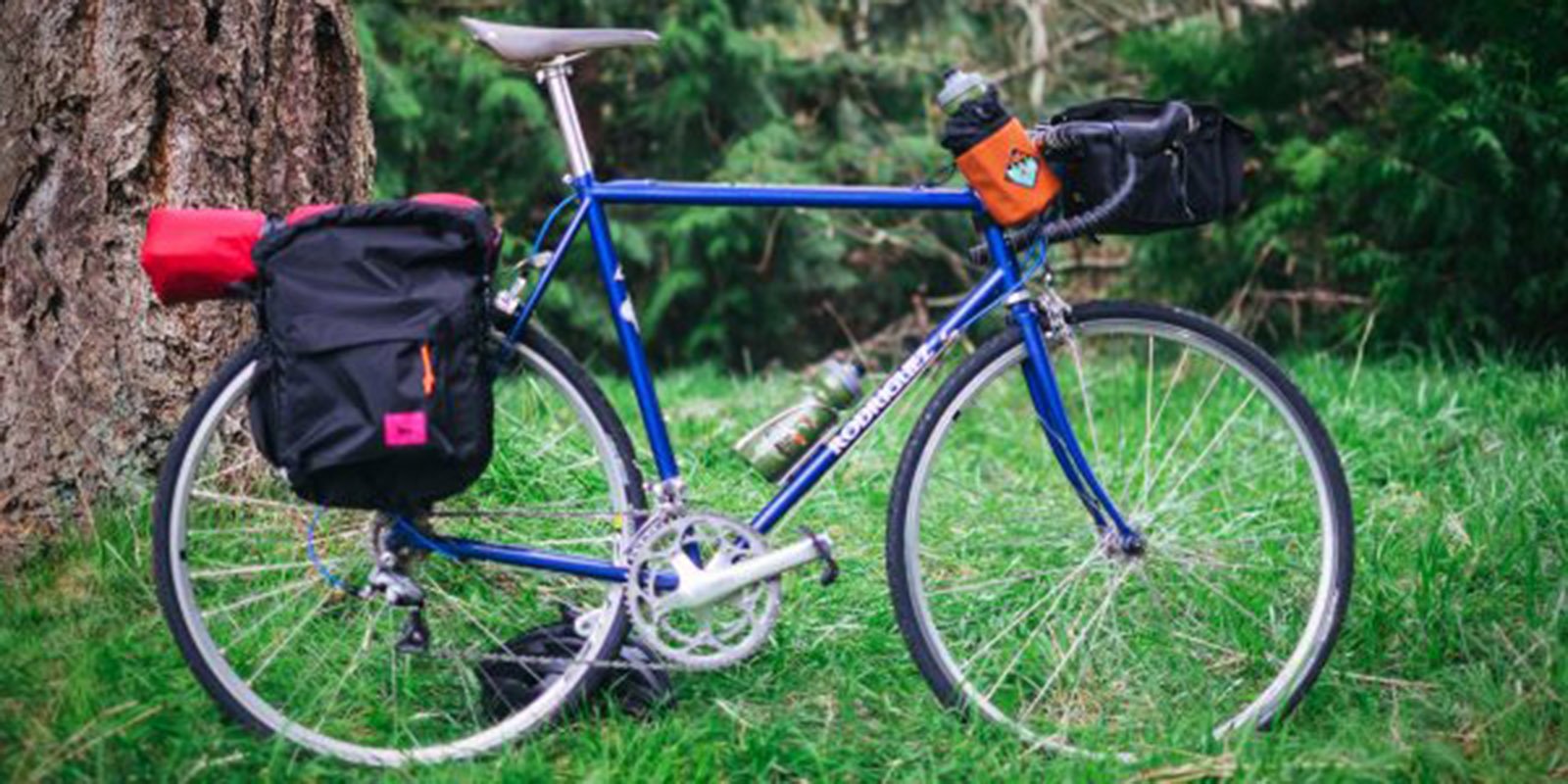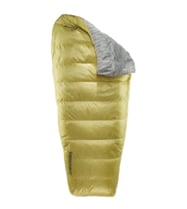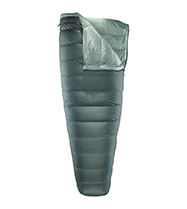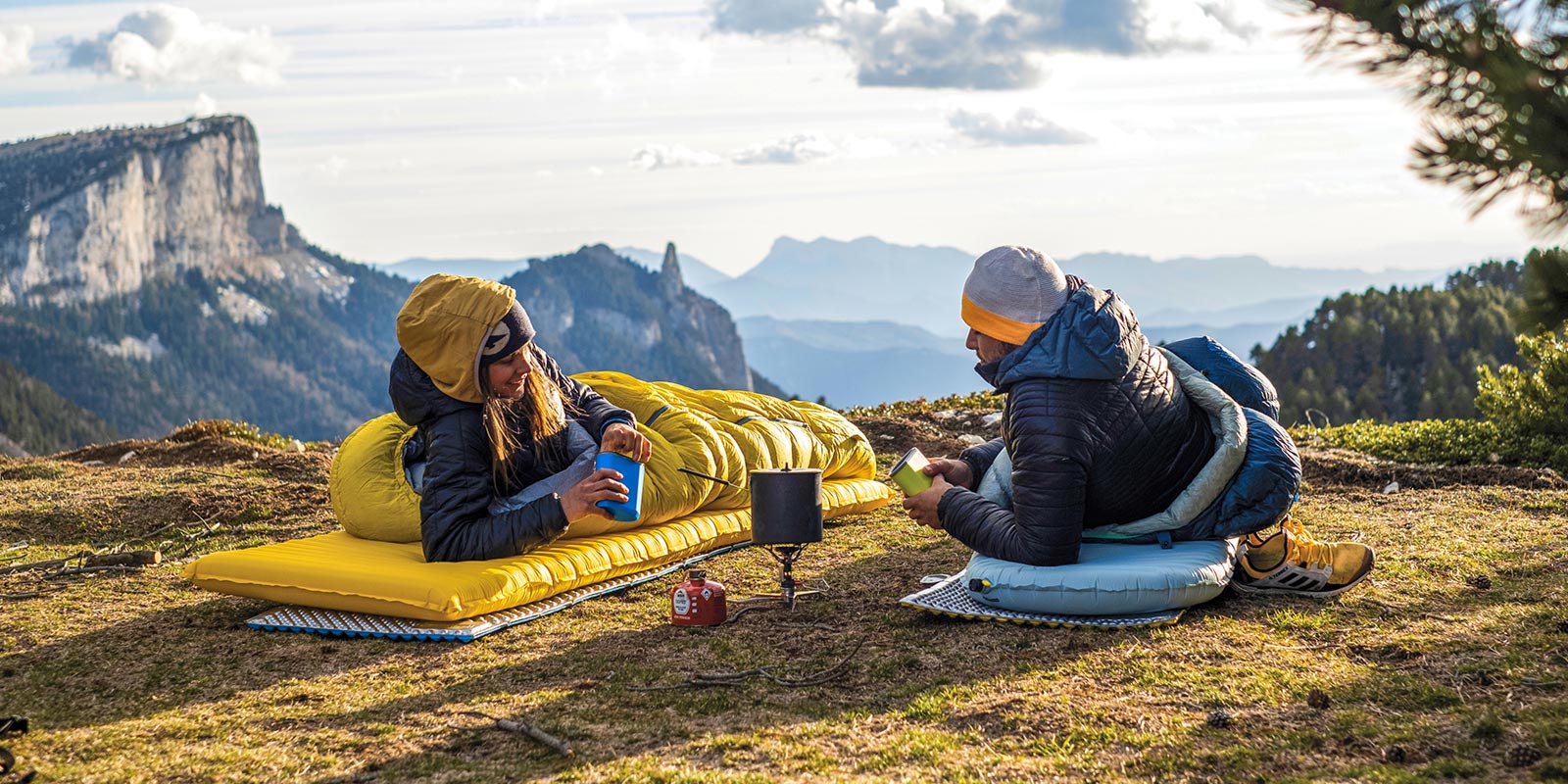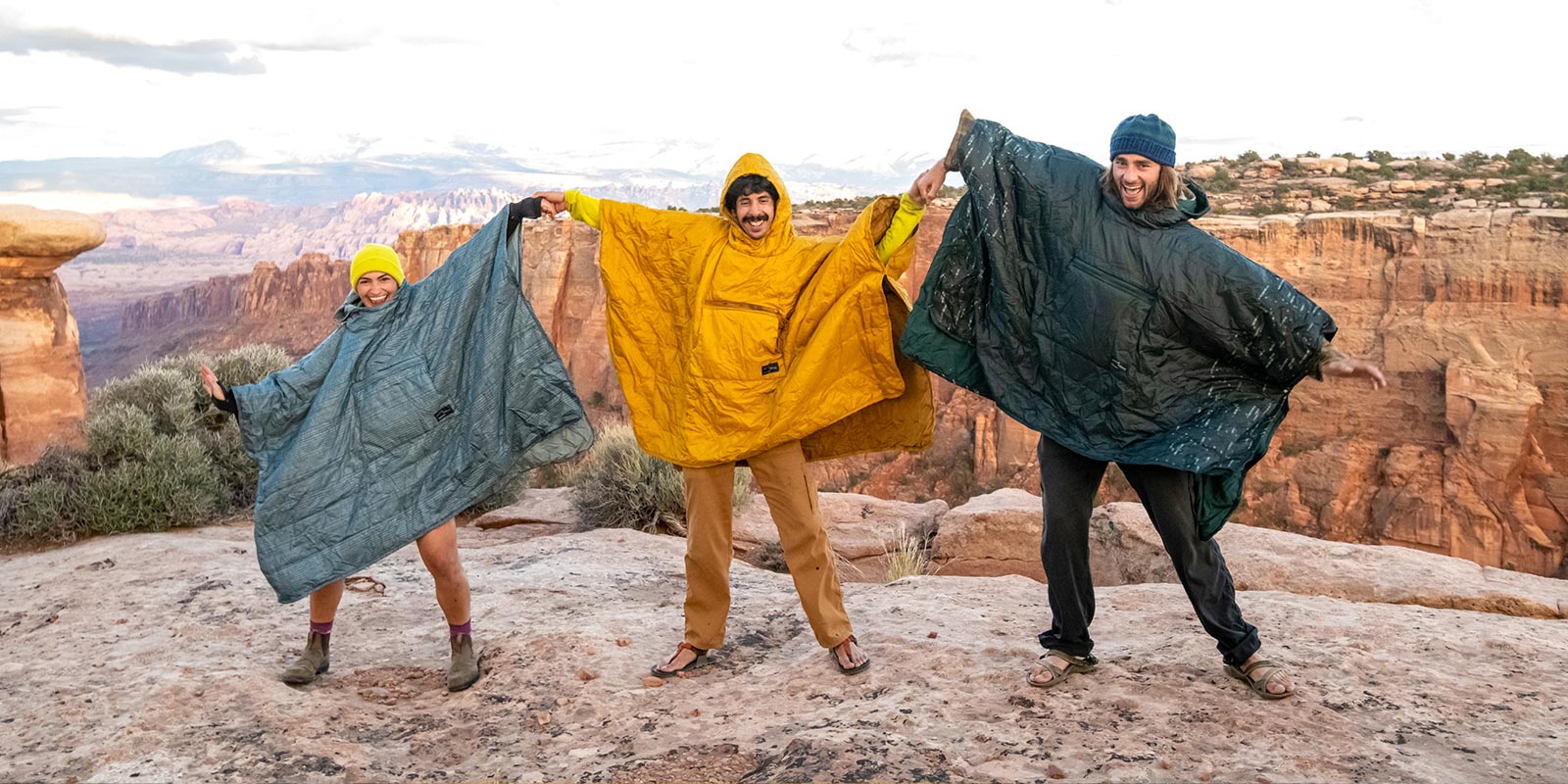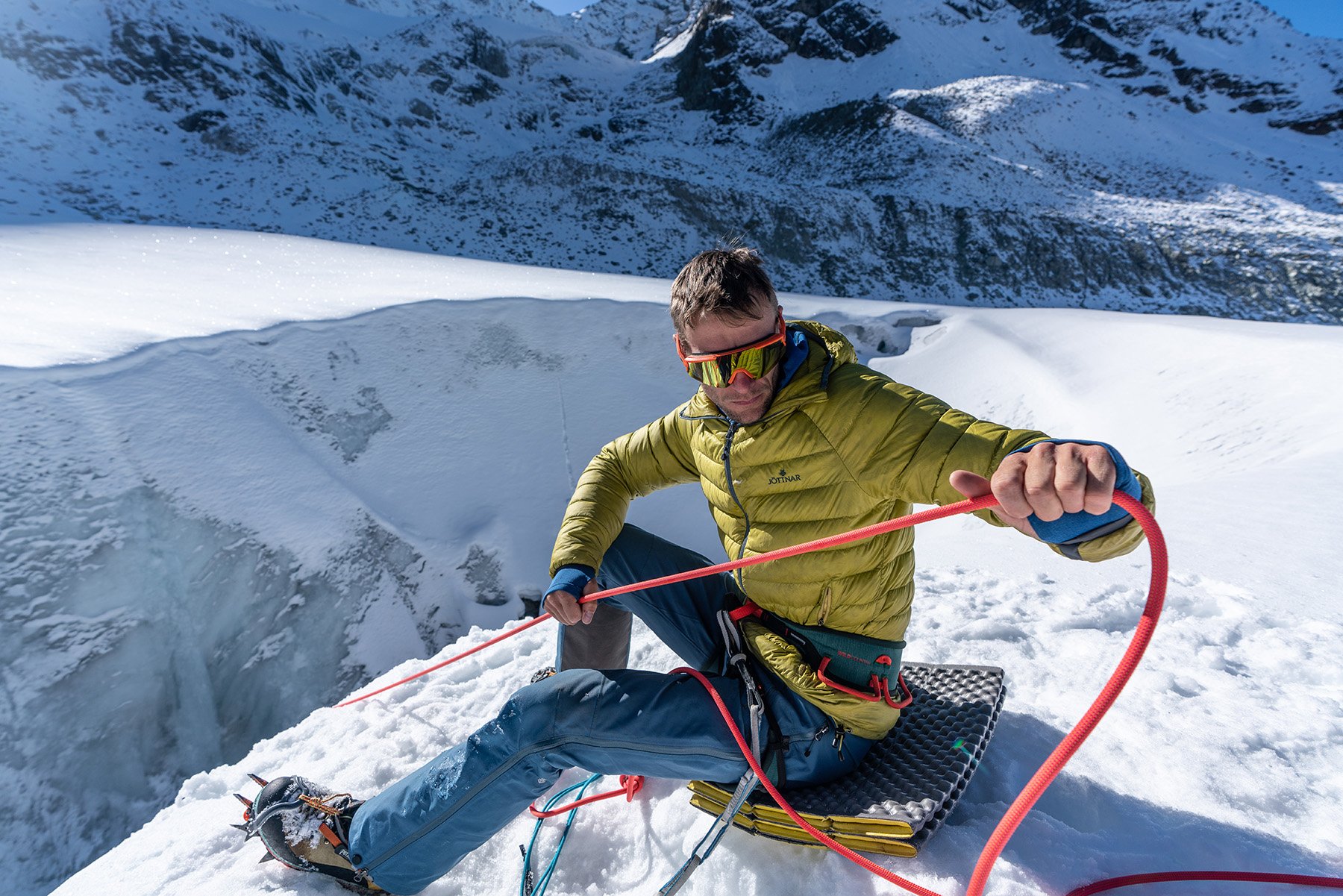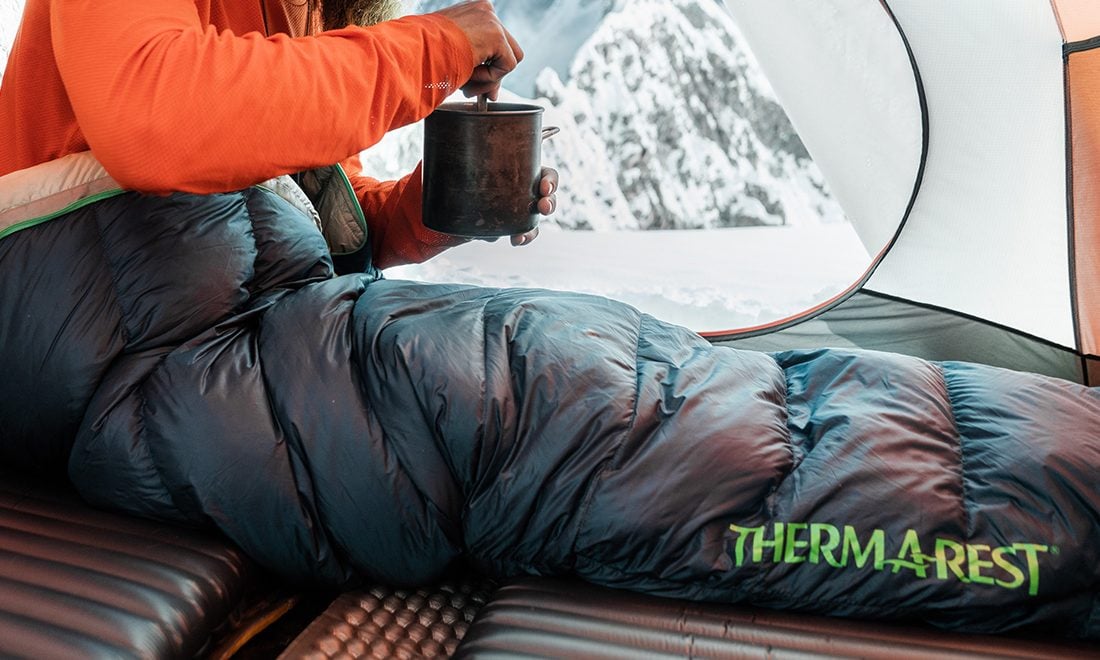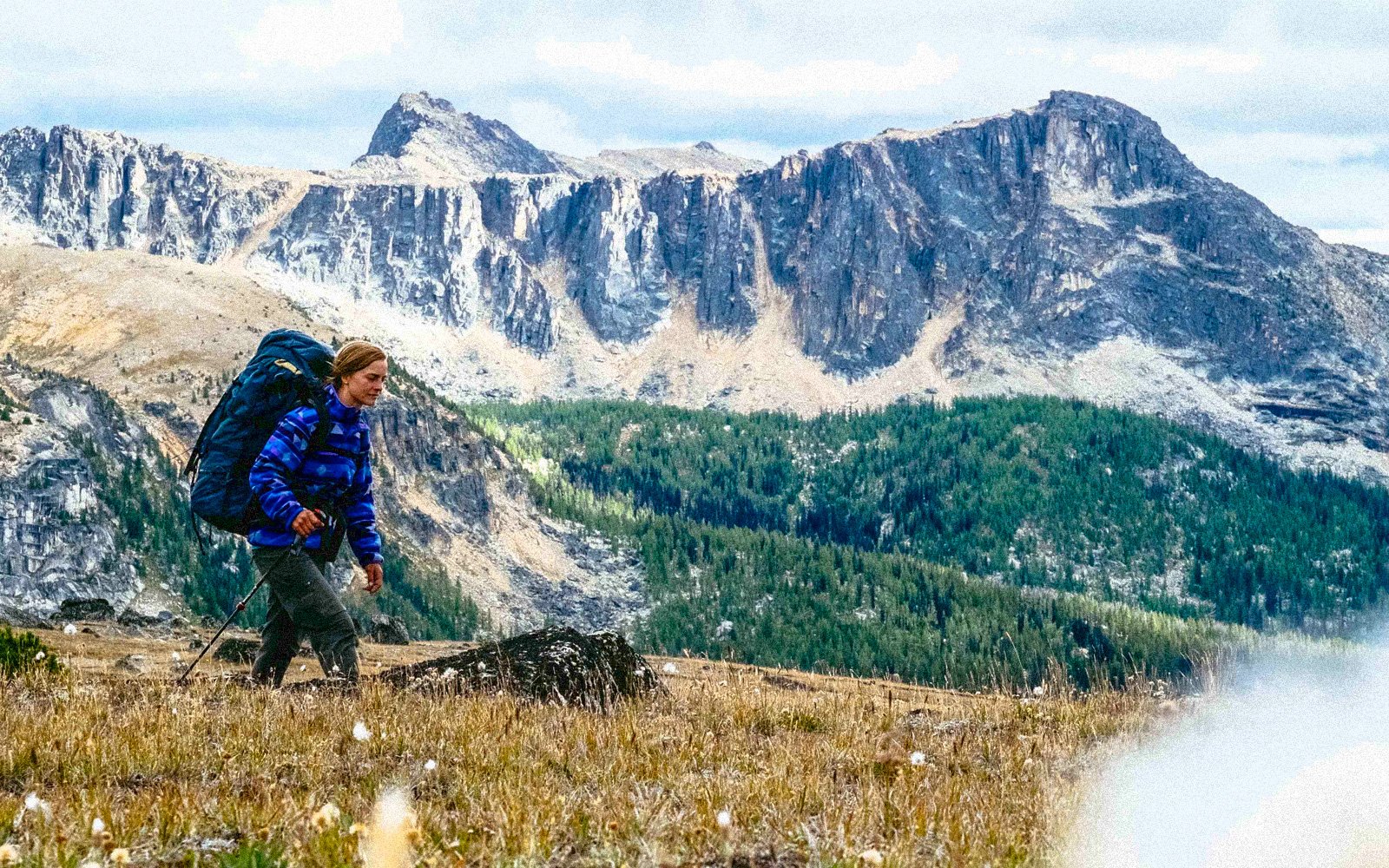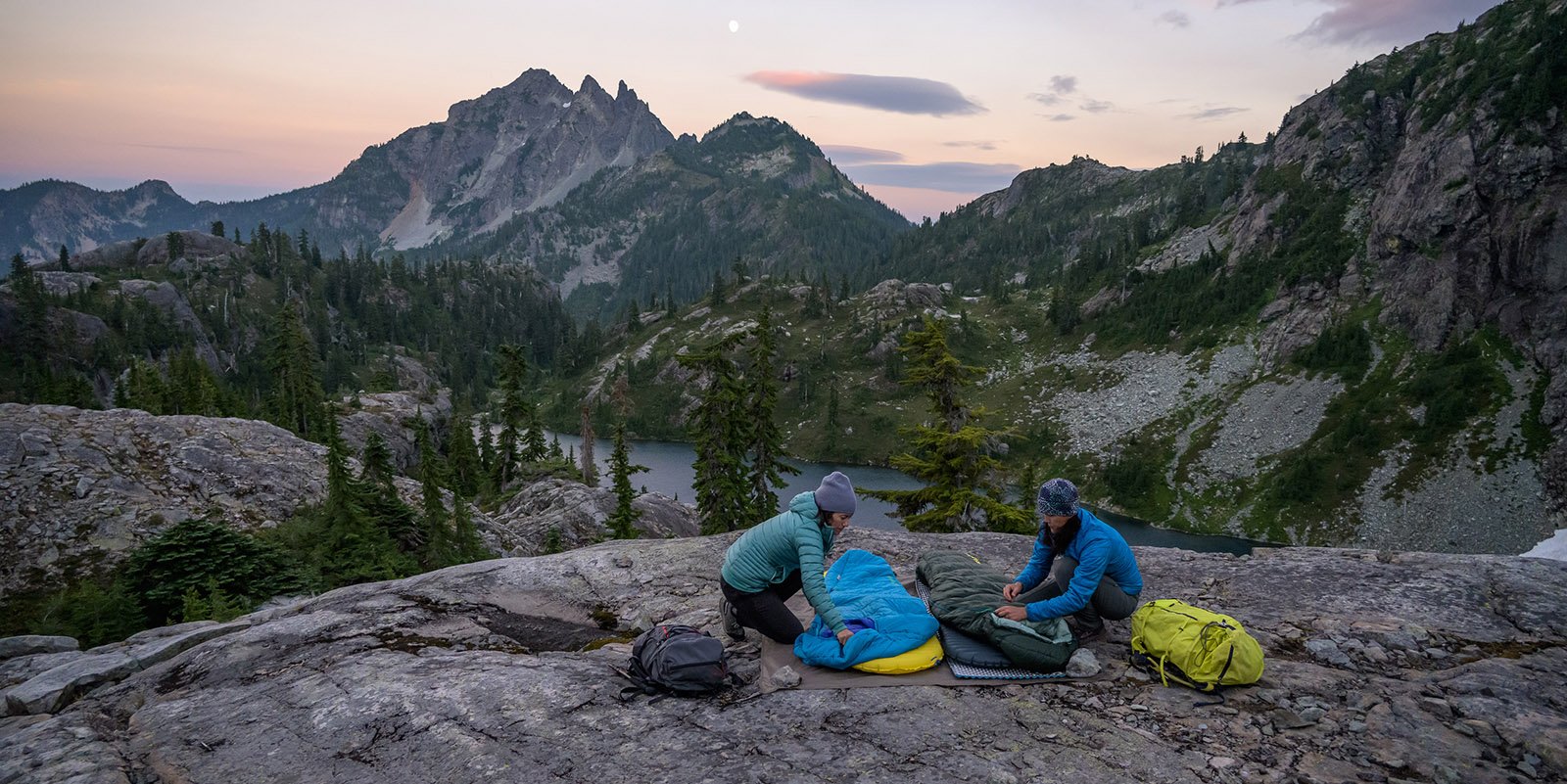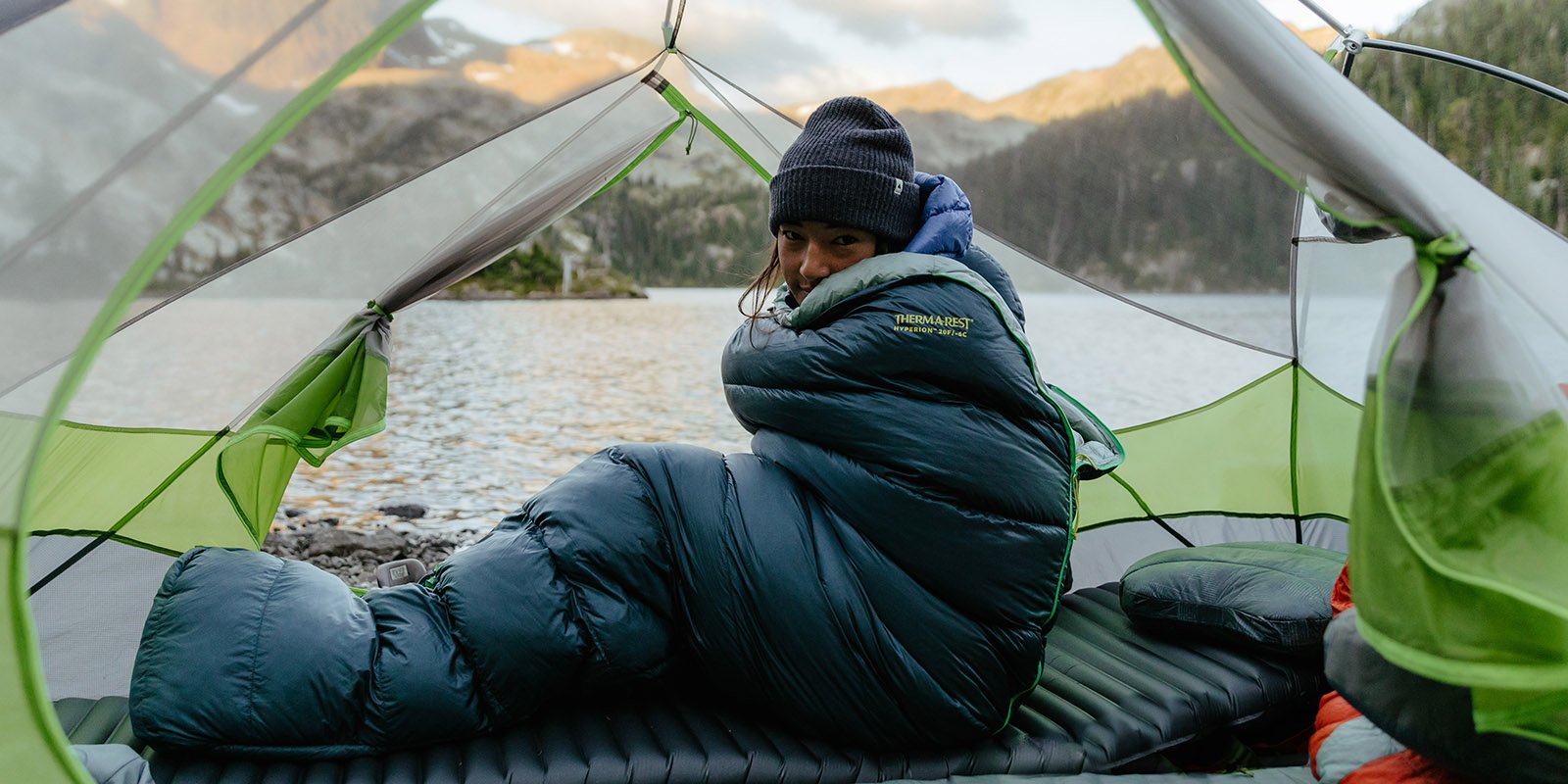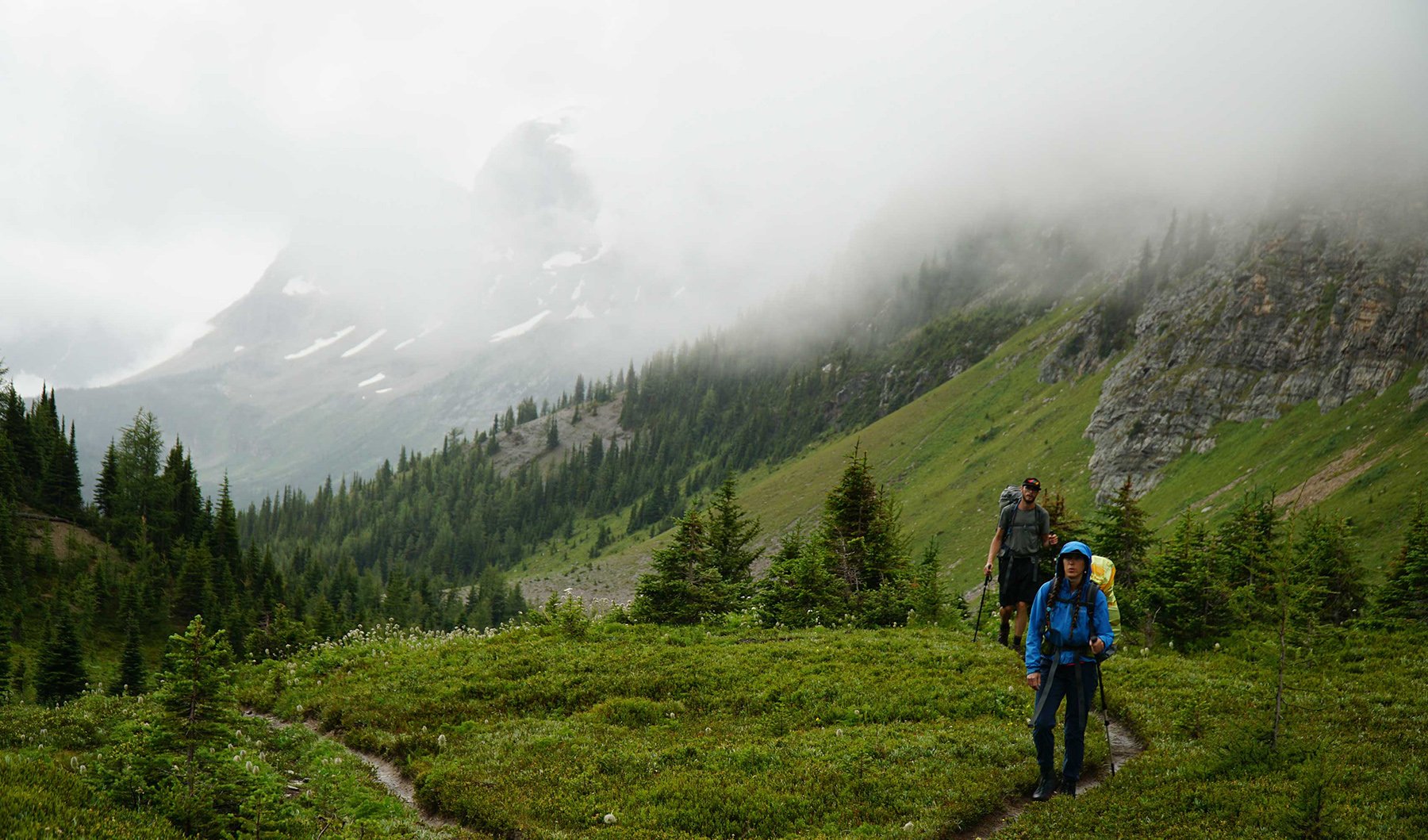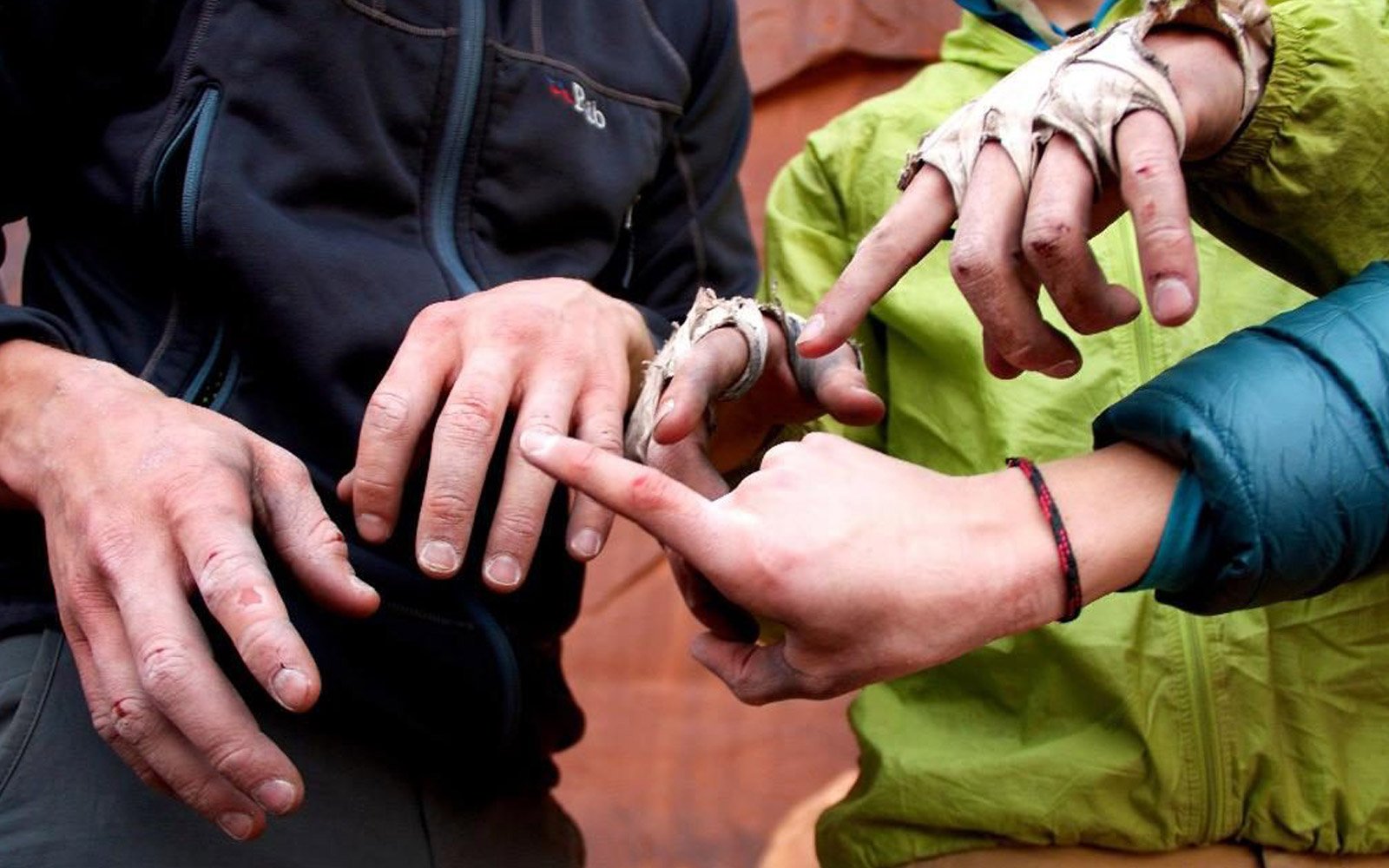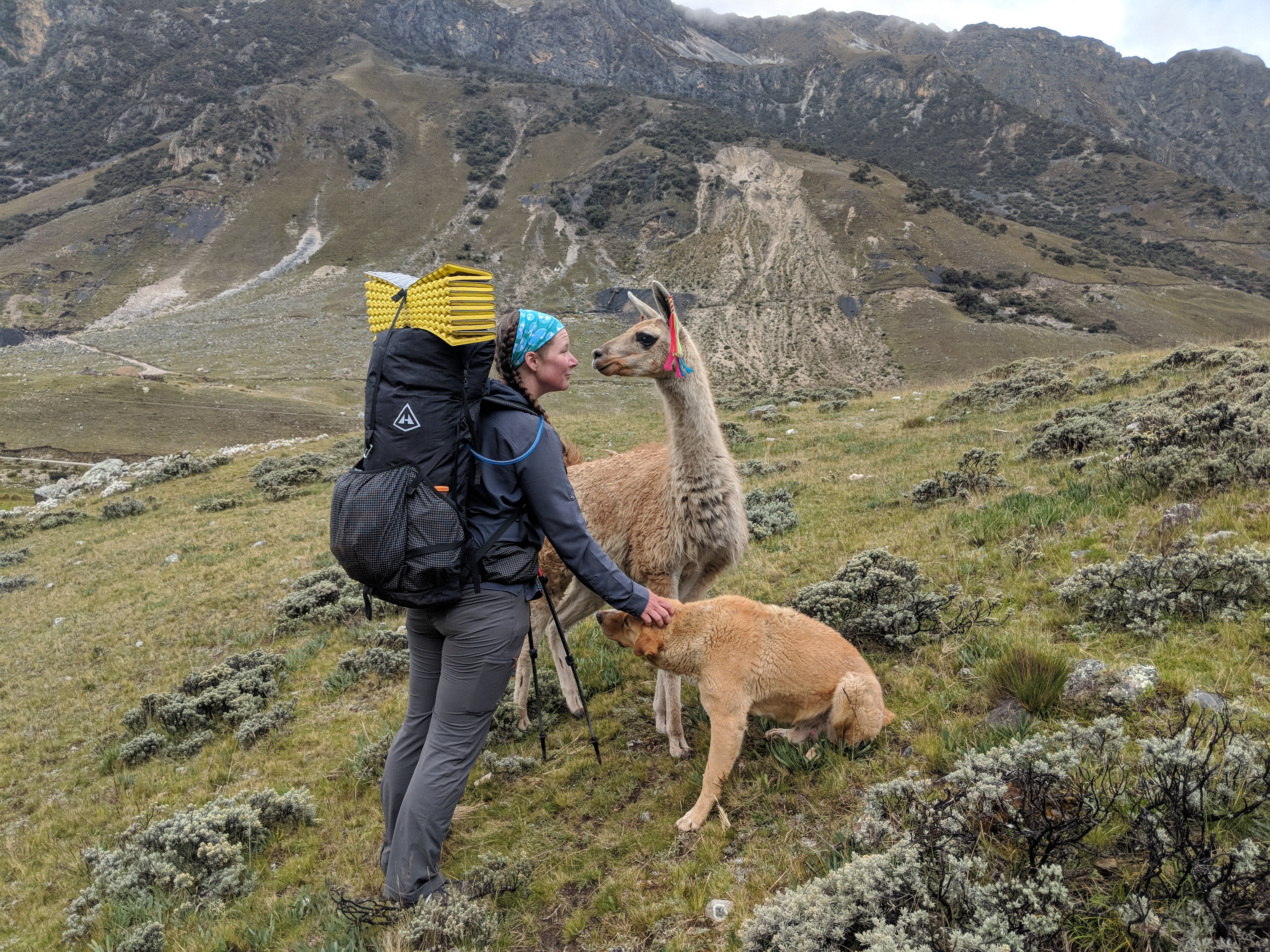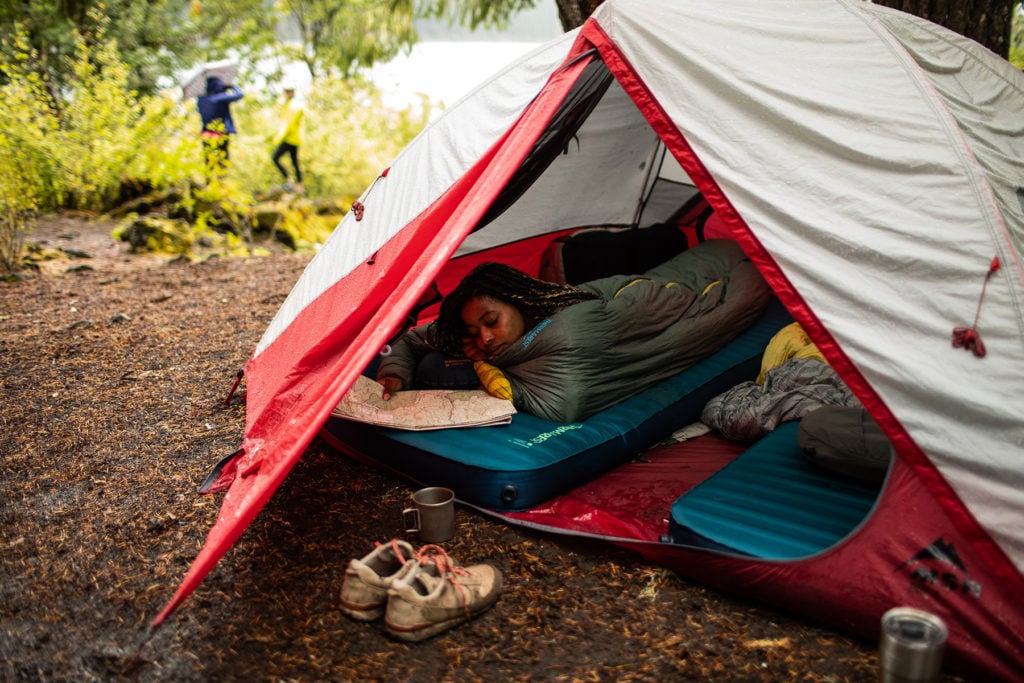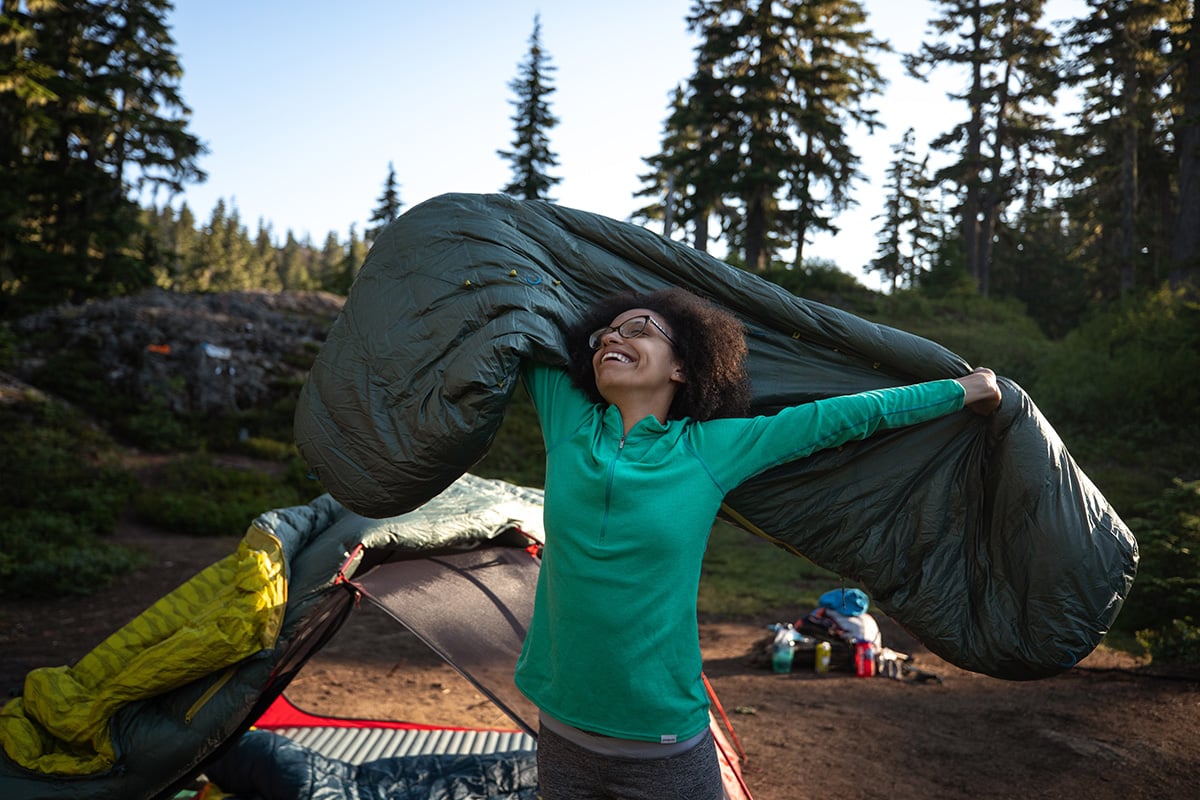To prepare you for your next bikepacking trip, we’ve teamed up with the folks at Swift Industries and MSR to provide the tips and gear you need to explore by bike.
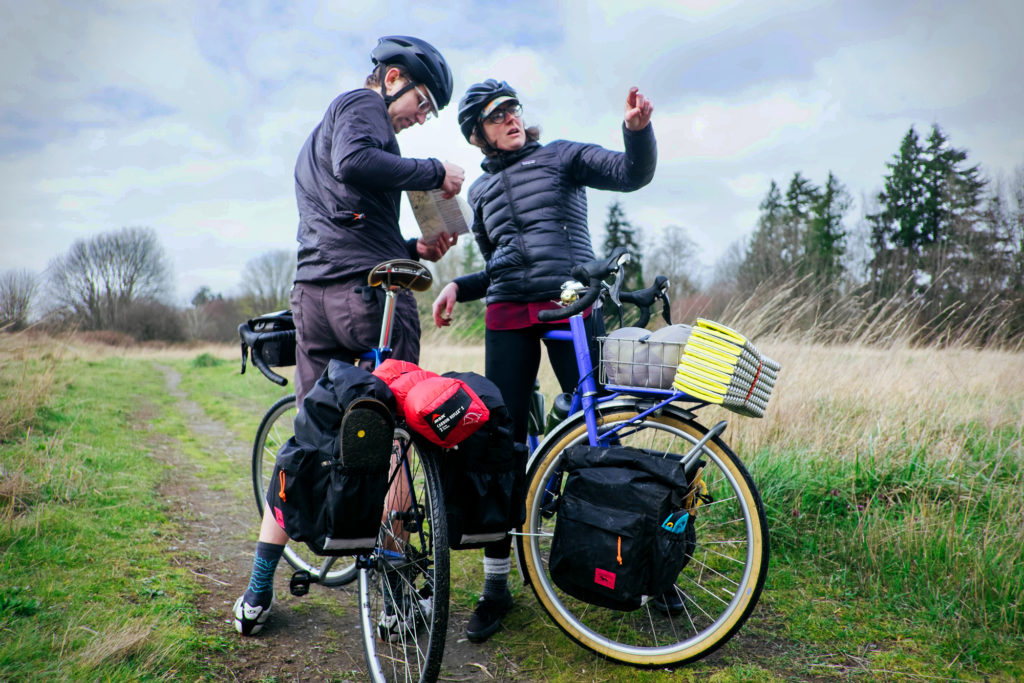
There are few ways of traveling that have brought us closer to our environments and connected us more with the communities we’ve had the privilege of encountering than bikepacking. Adventuring by bicycle captures the self-sufficient nature of backpacking at a clip that covers a mesmerizing diversity in terrain and landscape. A bike tour doesn’t need to be an expedition from pole to pole to be immersive. The magic is the ability to access adventure travel right from your doorstep.
We’ll guide you through the essentials of bikepacking, from selecting your bike to the art of route-finding, in order to prime you for your next adventure.
Let’s jump right in.
1. Ride Your Ride
The pace and distance of your bikepacking trip is wholeheartedly up to you. It’s a retreat, a time to relish the open road, and we all do that a little differently. The allure of bikepacking is that there’s no prescribed way to do it. We recommend you start with low mileage to get a sense of riding with a loaded bicycle. A common set-up for bicycle touring is a rack attached to the bicycle to mount Swift Panniers full of food, camping supplies, and shelter. While a Paloma Handlebar Bag and Zeitgeist Saddle Bag organize your travel essentials.
If you’re loaded up, 50 miles a day is a stellar distance and allows for a laid-back pace for the day. Fifty miles sounds ridiculous and you’d rather tool around and smell the roses? Great! So long as you are living the dream, it’s all good. Always ride your ride.
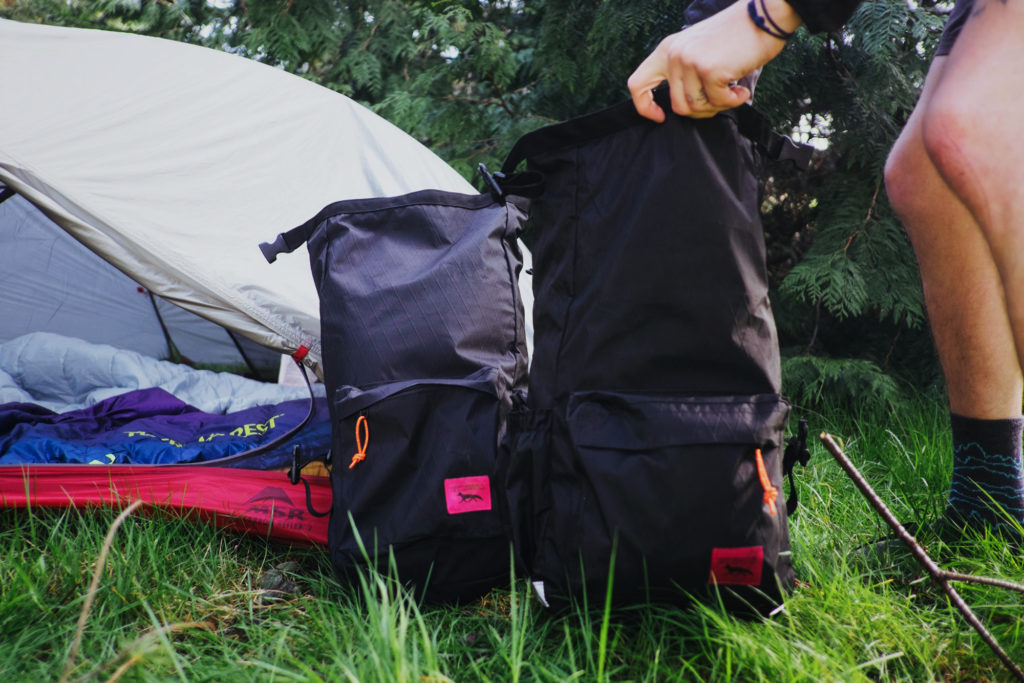
2. A Sense of Home While Bikepacking
When we pair down our belongings, we amplify the magical experiences that we overlook in the daily hustle. Take waking up as the light dances on your tent, or peacefully watching a glowing fire after a good day’s travel, as examples. Bikepacking doesn’t have to mean you’ve signed up for suffer-fest. Bring an inflatable pillow along, and grind fresh coffee beans for each morning. The minimalism of bikepacking should enhance the simple pleasures that make life soul-satisfying.
3. Ribbon of Highway
The adventure starts way before you leave the house. We pour over paper maps and check them against satellite images to plan our route. Whether you’re riding country byways, stringing together forest service roads, or connecting single track from the northern to southern borders of the state of Oregon, pull out a good old-fashioned paper atlas and get really curious. Switching Google Maps to “bicycle” mode is a great start when you’re exploring online, but it doesn’t always reveal the killer routes that make your heart soar. Zoom all the way in to find obscure paths, and remember that roads with “old” in the name usually run parallel to modern highways and string together towns with breathtaking scenery.
Swift Tip: When en route, always pack a complete set of paper maps incase your batteries die. Here at Swift, we’ve converted our front wheels to generator hubs so that the power of our travel charges our electronics and lights as we cover territory.
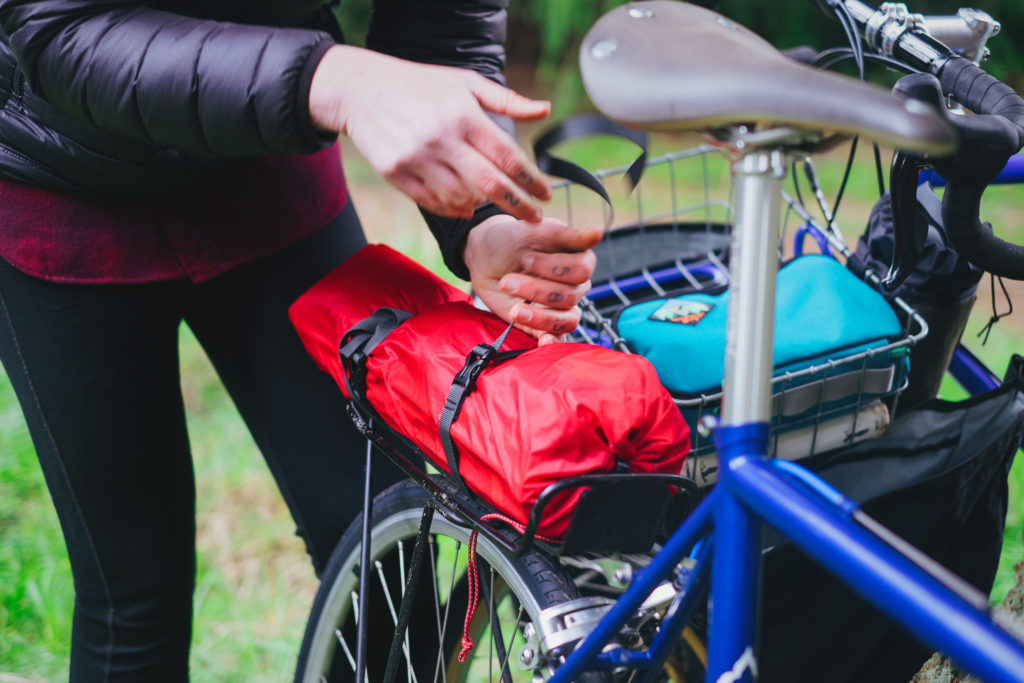
4. Get In a Fix
If you’re heading out of town you should know how to fix a flat and have the tools along to make the repair on the side of the road. You’ll feel tough and capable knowing that you’re self-sufficient and can maintain your bicycle on your own. As for other tools–bring only what you know how to use, and, unless you’re going into the deep wilds, a patch kit, extra tube, tire irons, a multi-tool, and some additional bolts will do the trick.
Swift Tip: Zip ties are a gift from the gods.
In our experience, bike touring has reminded us of the goodness of strangers and the peace and quiet that we long for in the hum of urban life. It’s a powerful reminder that the most inspiring things in life can be found on a bicycle under the power of your own strength. The cadence of the open road is captivating, and traveling by bicycle is a liberating catalyst to self-discovery and a heightened sense of place.
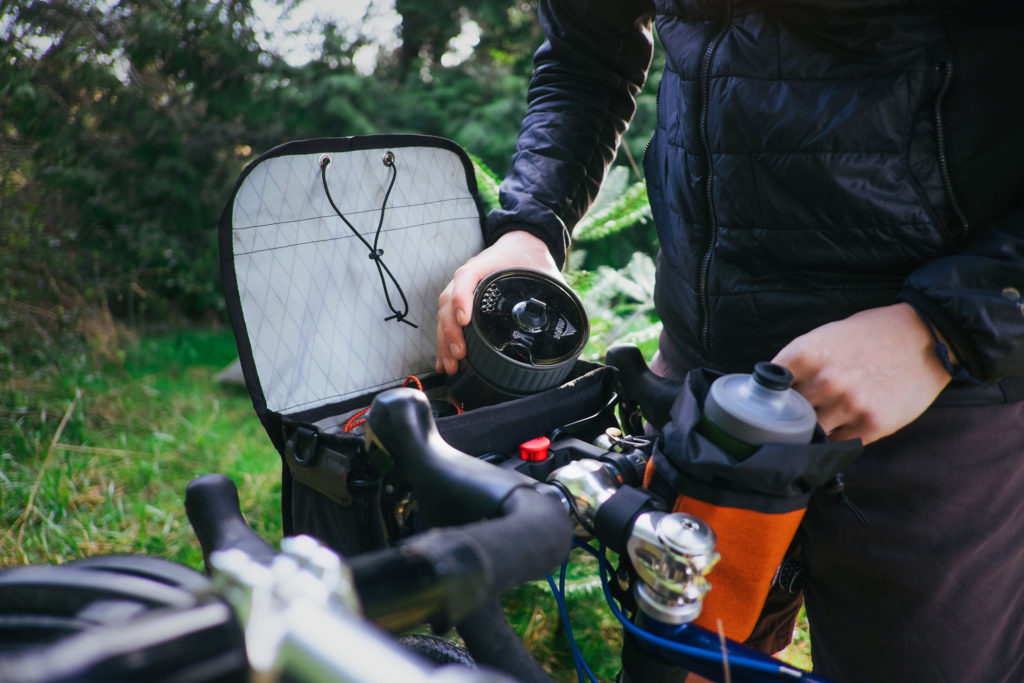
Bikepacking Packing Principles
It’s what’s inside that counts.
Maximize space by filling the dead space in your panniers. Pack your fuel bottle, some food, and even a pair of socks into rigid gear like your cooking pot.
Mini is mighty.
Take pasta out of the box and put it into a ziplock and put seasoning in a container the size of a film canister. Take a 1L pot and cook in cycles instead of lugging three pots along.
Keep an even keel.
Make sure the weight in your panniers is even so that your bicycle is well-balanced.
H2-n0!
In wet weather, keep your clothes and bedding safe inside your bags until your tent is pitched. If you don’t let your gear get wet from the start, your adventure will be much more fun come hell or high water. You’ll thank us later.
Related Posts:
- Dialing In Your Bike-camping Sleep System
- Lessons by Bike: Bikepack Racing on the Silk Road
- Packable and Adaptable: Gearing up for Bikepacking in China
Updated. Originally published April 2018.
